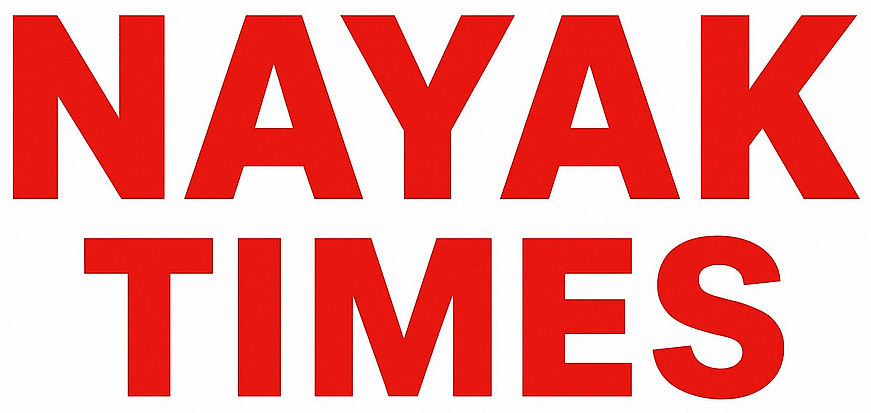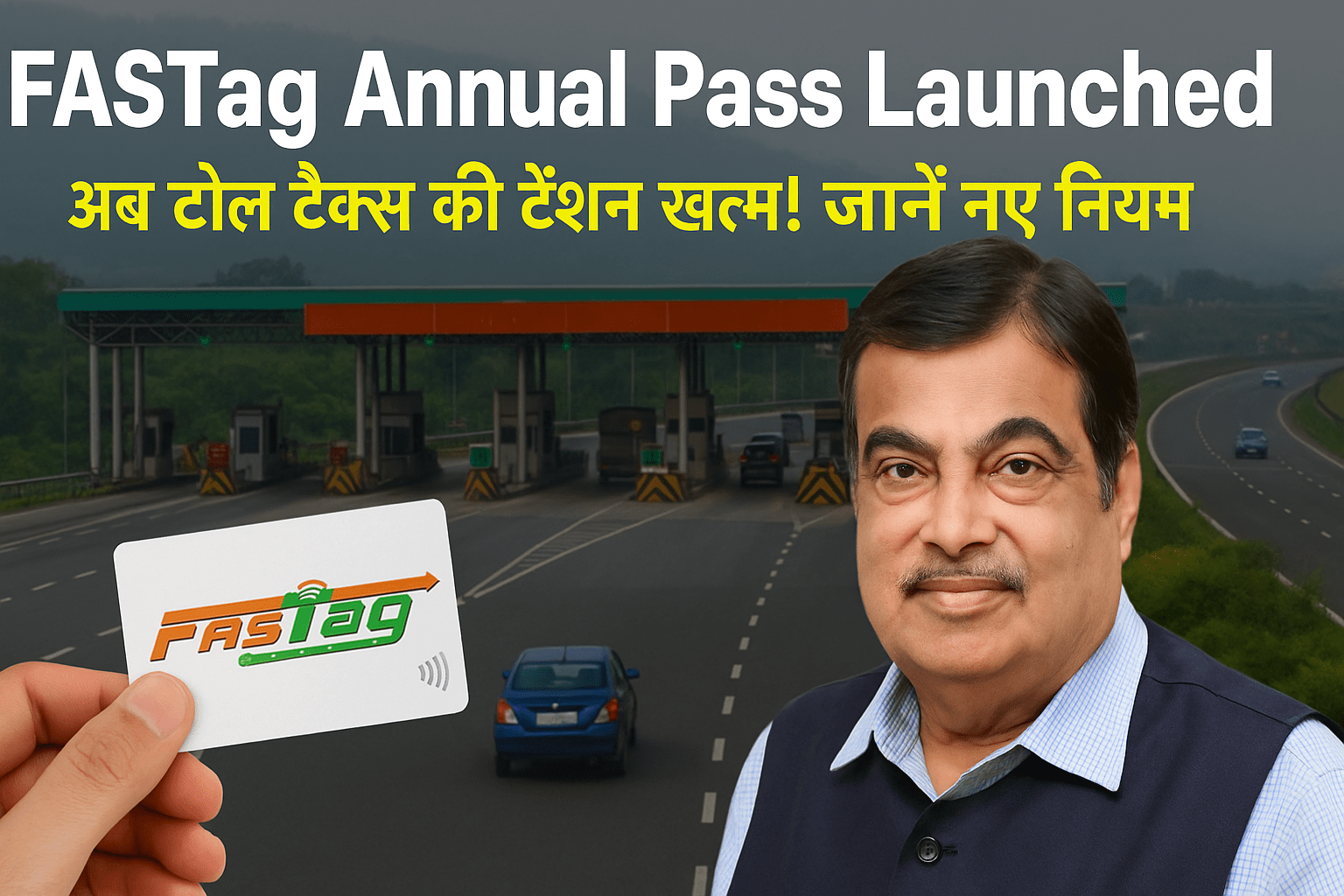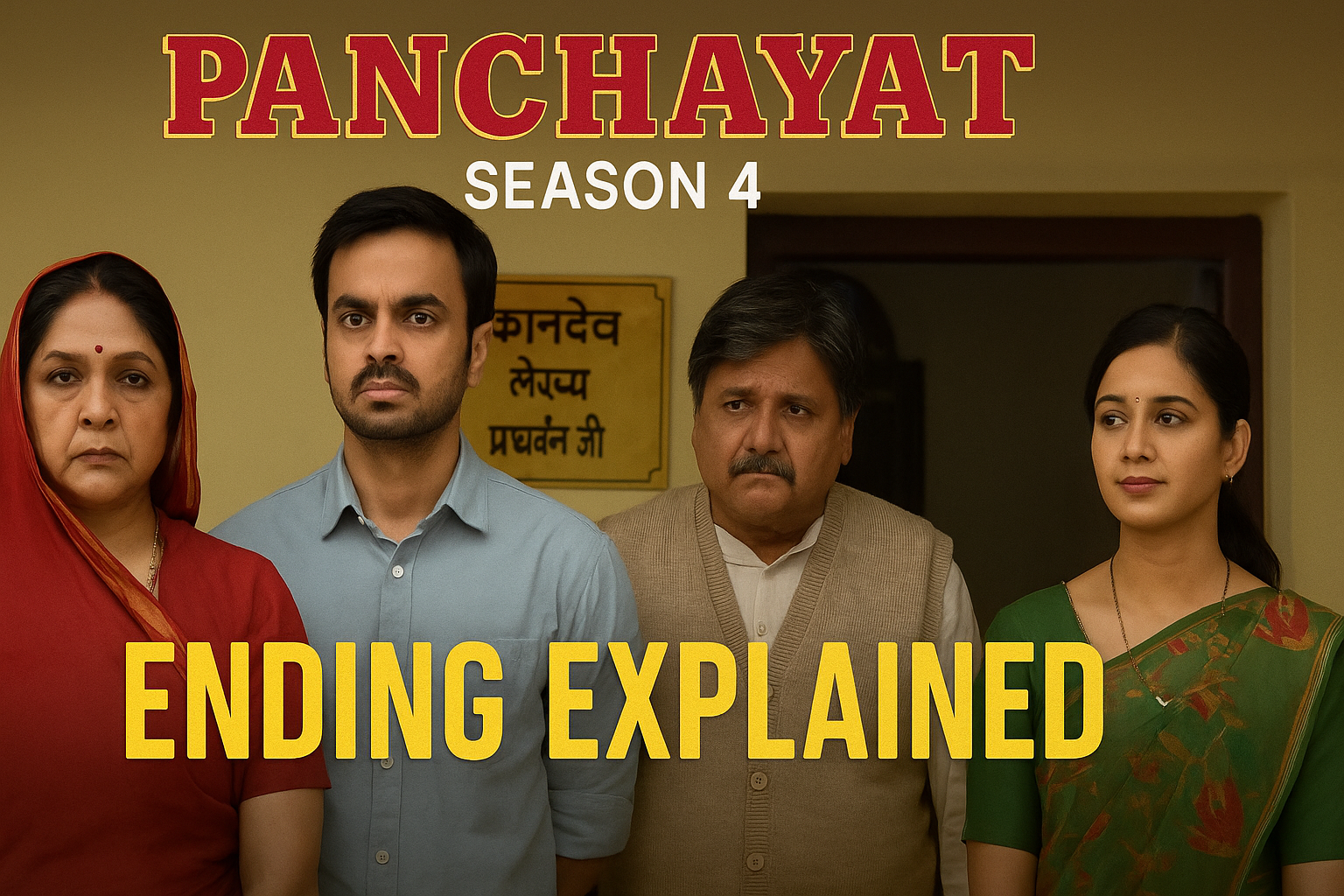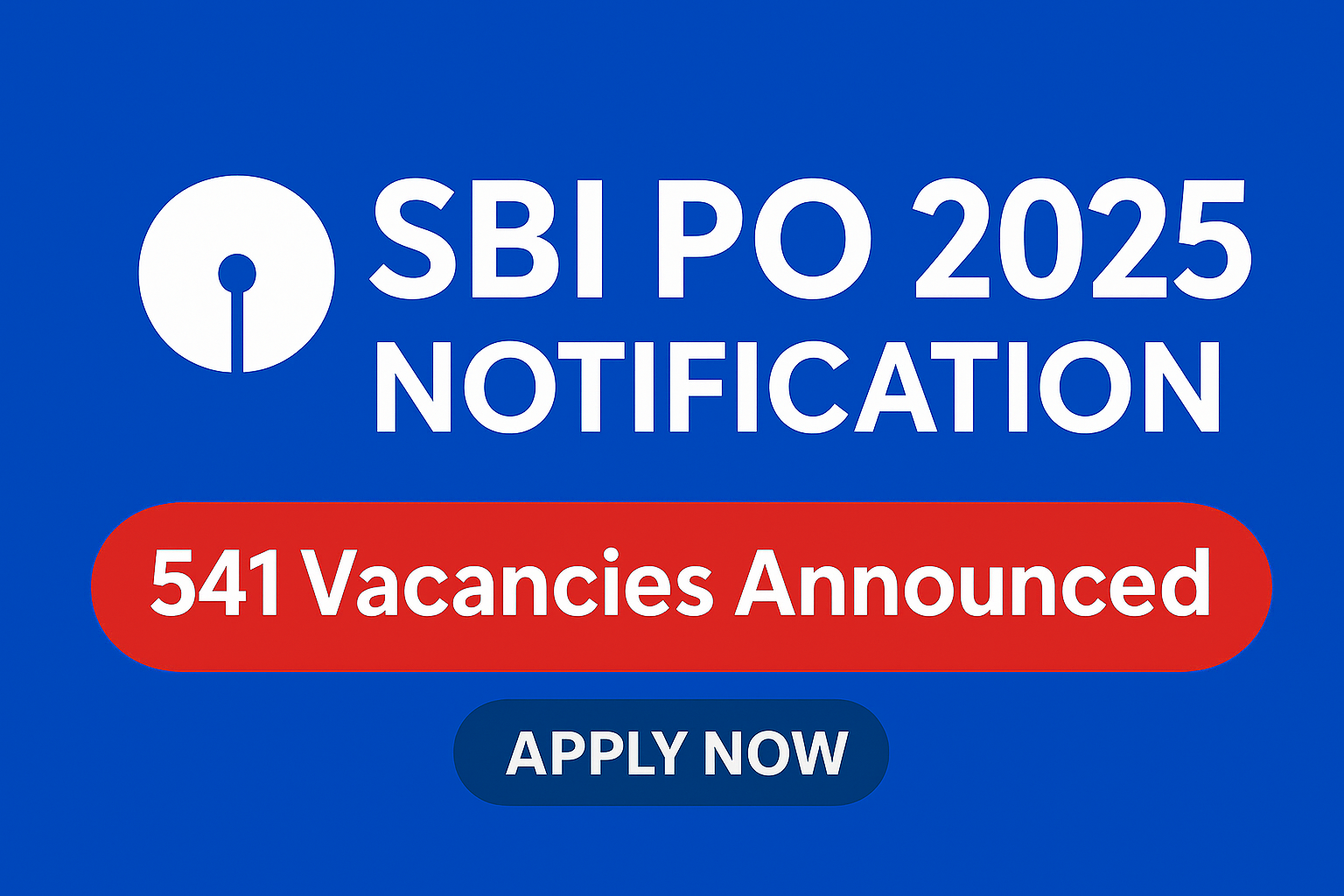The Government of India has introduced a new system called the FASTag Annual Pass, aimed at reducing toll payment stress for highway users. This announcement was made by Union Road Transport and Highways Minister Nitin Gadkari in June 2025. The FASTag Annual Pass will officially be launched on August 15, 2025, and is expected to significantly change how private vehicle owners pay tolls across the country.
The FASTag Annual Pass is priced at ₹3,000 per year and allows up to 200 toll booth crossings within that period. It is currently applicable only for non-commercial private vehicles such as cars, jeeps, and vans. After completing either 200 trips or one year (whichever comes first), users will return to the standard FASTag recharge method. This new pass is designed to ease the burden of frequent toll charges and simplify highway travel for daily commuters.
Each toll crossing is counted as one trip, regardless of the type of toll plaza. This system will be especially useful for people who frequently travel on national highways for work or personal reasons. By switching to the FASTag Annual Pass, users can save up to 70% compared to normal toll payments. For instance, instead of spending ₹10,000 a year on regular toll charges, users can complete the same number of trips by paying just ₹3,000 under the annual plan.
The FASTag Annual Pass can be activated through the Rajmarg Yatra app, or official websites of NHAI and MoRTH. The process is fully digital and doesn’t require extra paperwork. This move is also in line with the government’s long-term goal of implementing barrier-free tolling through GPS-based and camera-supported systems like ANPR (Automatic Number Plate Recognition).
According to Nitin Gadkari, the FASTag Annual Pass will particularly benefit people who face multiple toll booths within short distances — sometimes within 60 kilometers. Many of these users end up paying tolls multiple times a day, which makes travel expensive and inconvenient. With the new pass, these issues can be avoided, allowing for smoother and more economical road trips.
However, it is important to note that commercial vehicles like taxis, trucks, and buses are not eligible for the annual pass. They will continue using the regular FASTag system with recharge-based payments.
In summary, the FASTag Annual Pass is a significant reform that will improve highway commuting in India. It offers better cost efficiency, less traffic congestion at toll booths, and a step toward a digital future for road travel.
What is FASTag Annual Pass?
The FASTag Annual Pass is a prepaid toll payment system that allows eligible vehicle owners to pay a flat annual fee of ₹3,000 for up to 200 toll booth trips per year. This means that instead of recharging your FASTag repeatedly or paying tolls at each individual booth, users can enjoy a seamless and prepaid toll experience for the entire year—or until 200 trips are completed, whichever comes first.
Each toll plaza crossing is counted as one trip, regardless of the distance or toll rate. This makes it especially beneficial for those who commute daily between cities, travel long distances regularly, or pass through multiple toll plazas in a single journey.
Launch Date & Activation Process
As per the announcement, the FASTag Annual Pass will be officially launched on August 15, 2025, marking a symbolic beginning on India’s Independence Day. Users can activate their pass through the Rajmarg Yatra mobile app, or directly via the websites of the National Highways Authority of India (NHAI) and the Ministry of Road Transport and Highways (MoRTH).
The registration and payment process is expected to be completely online. No additional paperwork is required, making the system user-friendly and quick to implement. Once activated, the pass will be linked to the vehicle’s existing FASTag, and toll plaza systems will automatically detect whether the trip falls under the 200-pass limit.
How It Works
Under this new model, each toll booth crossing by an eligible vehicle is logged as one trip. It doesn’t matter whether it’s a short stretch toll or a long-distance one. This uniformity makes the system simple for both users and highway authorities.
Once the 200-trip limit is exhausted, or after one year of activation (whichever is earlier), users can either:
- Recharge and use the normal FASTag balance, or
- Purchase another annual pass (if available at that time)
This model ensures flexibility, especially for people whose travel needs vary throughout the year.
Who is Not Eligible?
The FASTag Annual Pass is currently limited to non-commercial private vehicles only. This includes:
- Personal cars
- Jeeps
- Vans (non-commercial)
Commercial vehicles, including taxis, trucks, delivery vans, and buses, will not be eligible for the scheme. They must continue using the existing FASTag model based on per-trip charges.
Why It Was Needed
Many highway users have long complained about unfair toll charges, especially in cases where multiple toll plazas exist within short distances (sometimes even less than 60 km apart). This leads to unnecessary expenses, long queues, and delays during peak traffic hours.
The FASTag Annual Pass offers a viable solution by introducing a flat-rate system, which simplifies tolling and also encourages more people to use national highways without worrying about escalating costs.
Summary at a Glance
- What is it? A flat-fee system to use up to 200 toll trips in one year via FASTag
- Who announced it? Nitin Gadkari, Minister of Road Transport and Highways
- When will it start? August 15, 2025
- Who can apply? Non-commercial vehicles (cars, jeeps, vans)
- Cost of the pass? ₹3,000 per year
- Savings? Up to 70% in toll charges
- Where to activate? Rajmarg Yatra app or NHAI/MoRTH websites
Final Thoughts
The FASTag Annual Pass marks a revolutionary shift in how India handles toll payments. With rising fuel prices and daily commuting expenses, this annual pass brings much-needed relief to highway travelers. It not only saves money but also brings comfort, convenience, and a more organized tolling system.
If implemented smoothly, it could serve as a model for other developing nations working toward digital road infrastructure. Most importantly, it reflects the government’s intention to move from outdated toll systems to a tech-driven, commuter-friendly future.
Frequently Asked Questions (FAQs) About FASTag Annual Pass
Q1. What is the FASTag Annual Pass?
The FASTag Annual Pass is a prepaid toll payment system launched by the Indian government, allowing private vehicle users to make up to 200 toll booth crossings in a year by paying a one-time fee of ₹3,000.
Q2. Who is eligible for the FASTag Annual Pass?
Only non-commercial private vehicles such as cars, jeeps, and vans are eligible for this annual pass. Commercial vehicles like trucks, taxis, and buses are not included.
Q3. When will the FASTag Annual Pass be available?
The FASTag Annual Pass will be available from August 15, 2025. Users can activate it online through the Rajmarg Yatra app or official websites of NHAI and MoRTH.
Q4. How many trips are allowed with the FASTag Annual Pass?
The pass allows a total of 200 toll plaza crossings within one year. After the 200 trips or one-year period ends, regular FASTag usage resumes.
Q5. What happens if I complete 200 trips before one year?
Once you finish 200 trips, the annual pass is considered fully used, and you’ll need to either recharge your FASTag wallet or wait for a new pass cycle (if allowed).
Q6. Can I use the FASTag Annual Pass at all toll plazas in India?
Yes, the FASTag Annual Pass will be accepted at all NHAI-managed national highway toll plazas across India, making it useful for regular intercity travel.
Q7. Is there any refund if I don’t use all 200 trips?
No, the ₹3,000 fee is a flat charge and is non-refundable even if you do not complete all 200 trips within the year.
.








